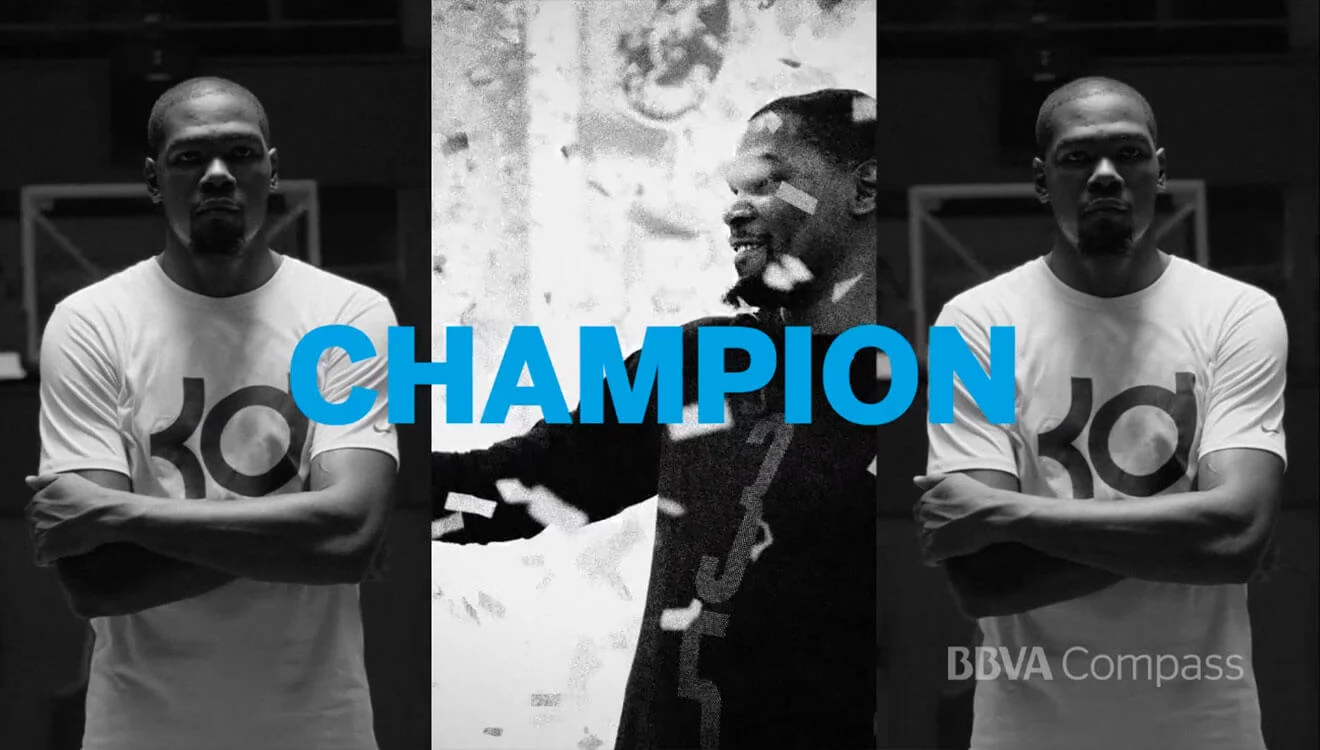In our last post, I talked about the process of gaining professional accreditation in public relations (APR). It’s key to developing senior management skills in public relations, and adds to the value you bring to your organization.
But once you’ve got your APR, then what?
I’d like to begin by sharing some of my experience of nearly 23 years of being accredited, the last 16 at o2ideas, where we have served great global, national and regional brands for five decades.
Having spent 12 years in the corporate world before coming to o2 in 2001, I can tell you there’s a difference between managing public relations for a corporation versus a traditional advertising agency.
In corporate PR, you’re really concerned with one client. That’s your employer. Everything you wake up thinking about and spend every working day doing relates pretty much to the success of your company, nonprofit or institution.
In agencies, it’s different purely because we serve not one client but many. Each one of our clients has a distinct brand identity, a different viewpoint on what PR means to them, and a different need for PR in general.
Some clients really need our help with media relations — like in getting news coverage and generating newsworthy stories and content, and using social media platforms to extend their media reach.
Other clients need us more for internal communications, like with digital employee publications, videos, informational and morale campaigns, and special events.
Regardless, I’ve found through nearly three decades of experience that there are five pillars for building a successful PR function, and they apply whether you’re managing PR for a corporation, nonprofit, educational institution or agency.
Ethics. There is no sustainable PR function if it is unethical, period. Ethics is to PR what safety is to an automotive plant. In a car factory, if it is an unsafe workplace, producing cars becomes impossible. Same with PR and ethics. A good PR organization can’t stand on shaky ethics. For more, here’s a link to the PRSA Code of Ethics.
Service. There’s a saying that nobody cares how much you know until they know how much you care. All the strategy in the world can’t fix lackadaisical client service or corporate staff indifference to what your stakeholders need from your team. Make it your point every day to watch the service your team provides to your employer or clients, including the service you personally provide.
Strategy. Get to the “why?” of what you or your team is asked to do, before you develop the strategy required to get a job, campaign or program done. That is as much an internal question for you as it is for anybody on the outside. Drafts of strategic documents need to be vetted by as many viewpoints as possible, and you can’t be sensitive over feedback. A lot rides on strategy. Make it right the first time.
Execution. Put simply, this is doing what you said you would do. At the end of the day, nobody is accountable for your shop except you. If you develop a strategy that you don’t have the resources to execute, then either partner with the right people to get it done or don’t commit at all.
Education. Fiercely force yourself to keep improving. I scan as many different articles from as many different viewpoints as possible. Our team signs up for seminars and workshops even if we don’t have a pressing client need for it at the moment. Under your APR designation, you’re required to do continuing education, but things change so quickly every day in our industry, you’ve got to be fast and intentional about it.
Whether you manage a big PR staff or a small one, whether you work for a church, school, company or agency, and whether your firm has a big PR budget or not, keeping these five pillars in focus will help keep you on the right track as a senior manager in PR.




